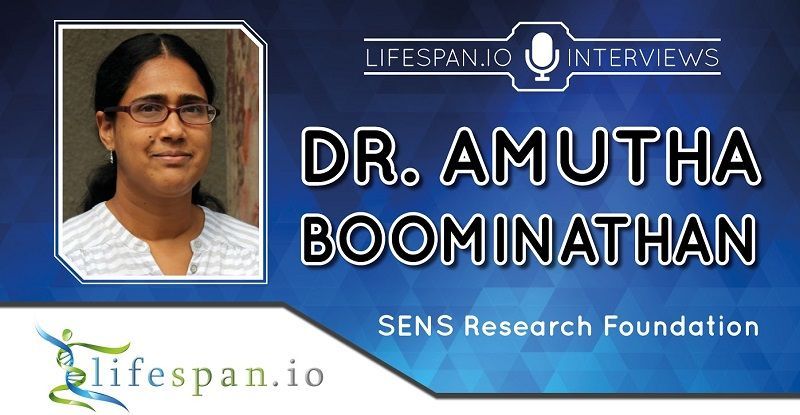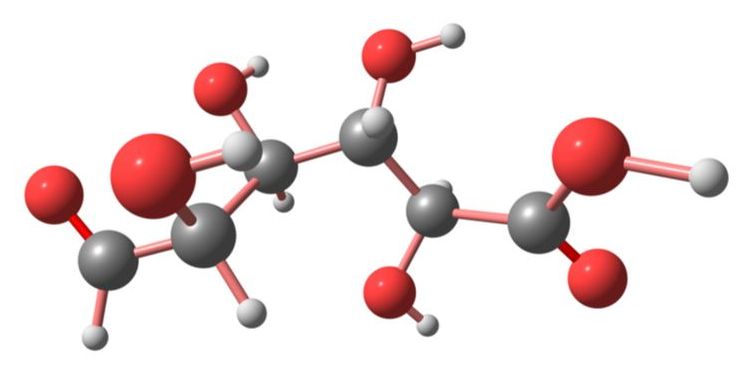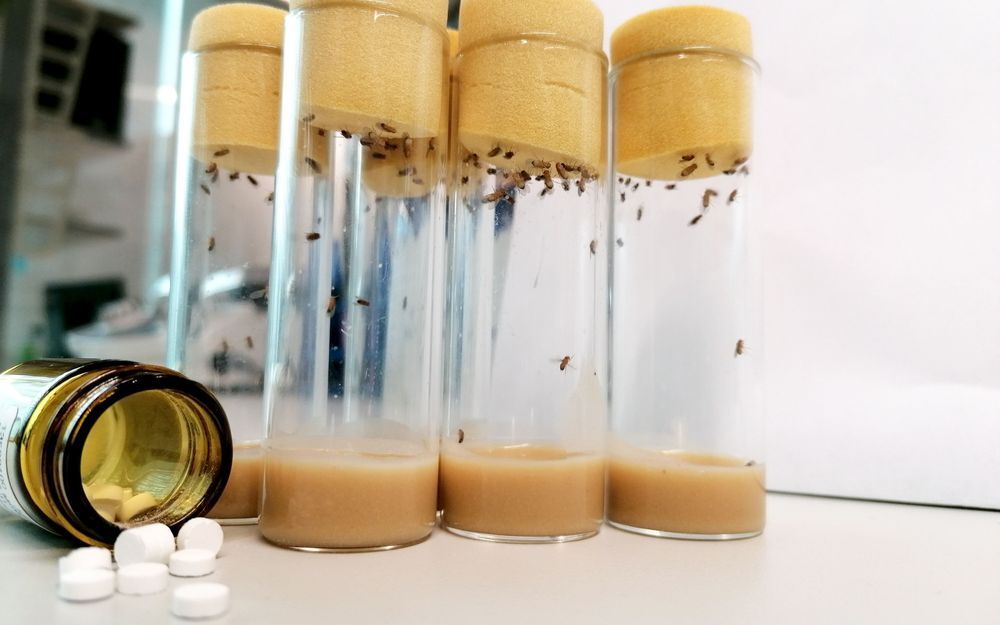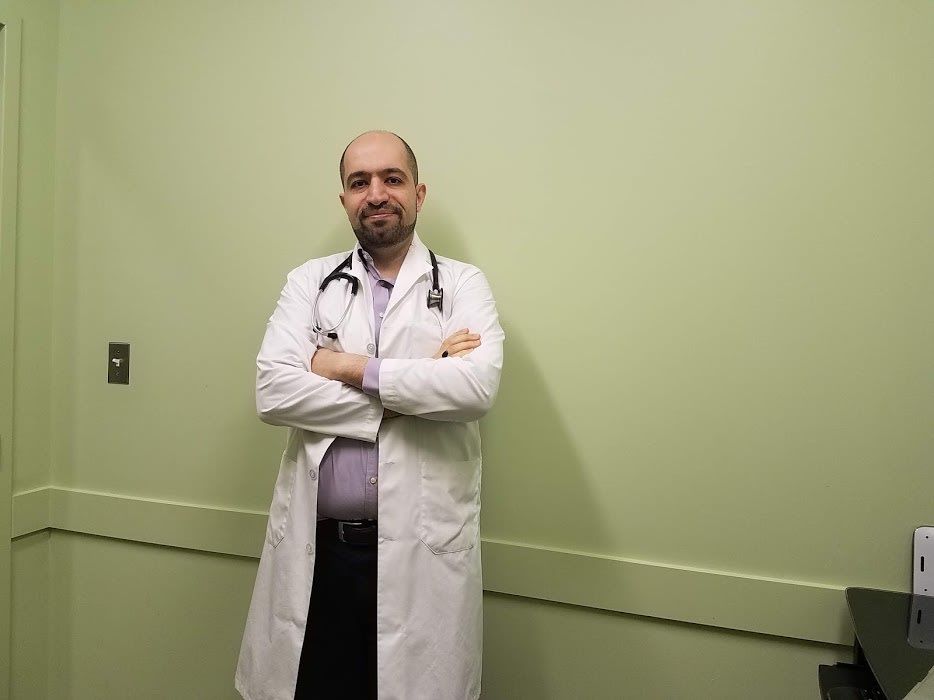We recently had the opportunity to interview Dr. Amutha Boominathan from the SENS Research Foundation, at the Ending Age-Related Diseases 2019 conference about her research on mitochondrial repair therapies, the value of animal models, and her views on the future of aging research.
Dr. Amutha Boominathan received both her MSc and her PhD in Biochemistry from the University of Pune and the National Chemical Laboratory in India, respectively. She went on to do postdoctoral work in the U.S. relating to mitochondrial biogenesis at U. Penn and Rutgers University. She has extensively studied mechanisms of fusion and fission in mitochondria, Fe-S cluster biosynthesis, and protein import into mitochondria as part of her postdoctoral fellowship with the American Heart Association.
Currently, Amutha leads the MitoSENS program at SENS Research Foundation in Mountain view, California. Her research group is focusing on understanding mitochondrial DNA (mtDNA) mutations and restoring lost functionality as a result of these mutations by way of the allotopic expression of mitochondrial genes. Inherited mtDNA mutations can result in severe and debilitating diseases, such as NARP, Leigh’s syndrome and MELAS. Even in otherwise healthy individuals, mtDNA mutations accumulate with age. The MitoSENS team has already succeeded in stably expressing the ATP8 gene using their method and is looking forward to tackling each of the 13 mitochondrial protein genes in the coming years. Its goal is to develop safe and effective gene therapies for mitochondrial dysfunction.








